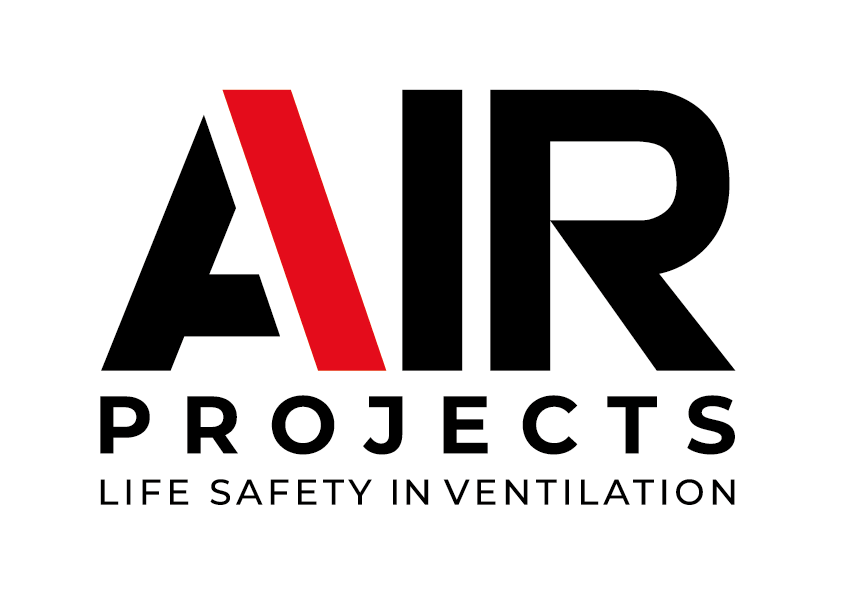How often does it need to be done?
According to BS 9999:2017
“All fire dampers should be tested by competent persons at regular intervals not exceeding two years.
Spring operated fire dampers should be tested annually and fire dampers in dust laden atmospheres should be tested much more frequently to suit the degree of pollution.”
Heating and Ventilation Systems Health Technical Memorandum 03-01: Specialised Ventilation for Healthcare Premises Part B: Operational Management and Performance Verification STATES THE FOLLOWING GUIDANCE:
1.31 Regular tests, at intervals agreed with the local fire prevention officer, will need to be carried out in order to demonstrate the continuing efficiency of the fire detection and containment systems. These may be in addition to the inspections detailed above. Records of these tests should be kept.
4.13 All fire dampers should be tested as part of the annual verification.

